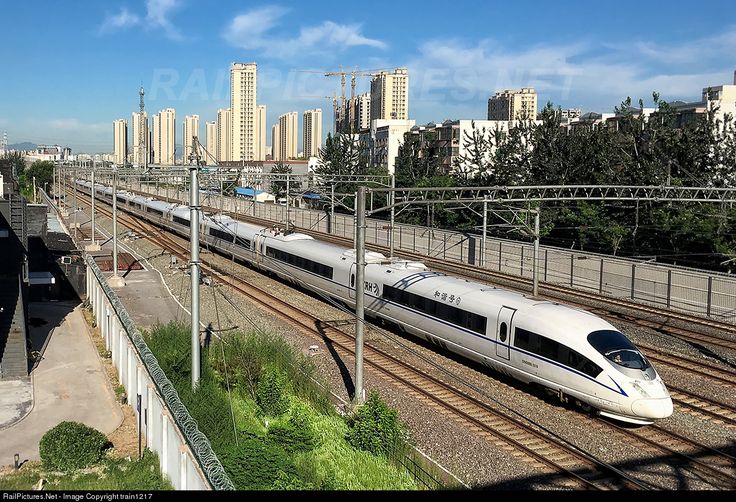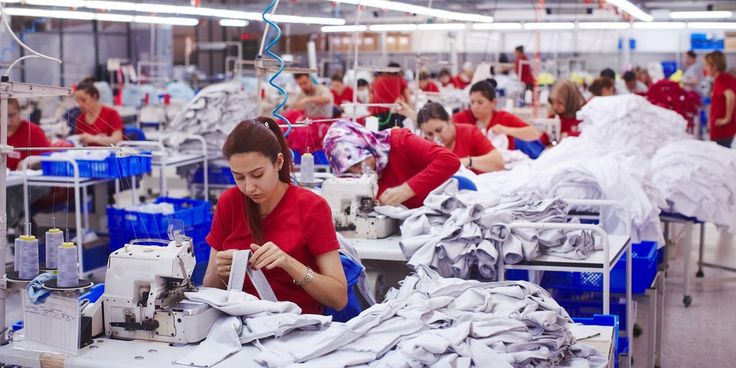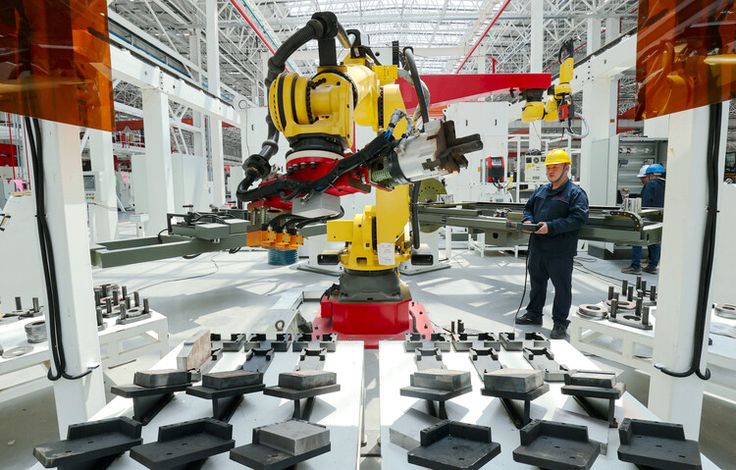Why China Is the World's Manufacturing Powerhouse and Why You Must Master Sourcing from It
Why China Is the World’s Largest Production Base
China’s rise to manufacturing superpower status is no accident. It’s the result of strategic policies, unique advantages, and relentless execution. Here’s why China holds the crown:
1. Unmatched Scale and Infrastructure
China’s manufacturing ecosystem is a marvel of scale. In 2024, it contributed 35% of global gross manufacturing production, surpassing the combined output of the next nine largest manufacturers (USA, Japan, Germany, India, South Korea, Italy, France, UK, and Indonesia). From sprawling industrial parks to high-speed rail networks, China’s infrastructure supports seamless production and logistics. Cities like Shenzhen have evolved into global hubs for electronics, with entire districts dedicated to component manufacturing, assembly, and distribution. This agglomeration economy ensures that every part of the supply chain—raw materials, labor, and logistics—is within reach, slashing costs and lead times.
2. Cost Efficiency and Labor Advantage
While labor costs in China have risen, they remain competitive compared to Western nations. In 2024, China’s manufacturing sector employed over 300 million workers, offering a vast, skilled labor pool. Coupled with low taxes, export tax rebates, and competitive currency practices, China keeps production costs low. For example, the export tax rebate policy, initiated in 1985, eliminates double taxation on exported goods, making Chinese products more price-competitive globally.
3. Robust Business Ecosystem
China’s manufacturing isn’t just about factories—it’s about ecosystems. Take the auto parts industry: China’s Greater Bay Area produces everything from raw materials to finished components, enabling rapid scaling and customization. Companies like Apple and Tesla leverage this ecosystem to maintain high margins while keeping costs low. The proximity of suppliers, technical talent, and logistics networks creates a self-reinforcing cycle that’s hard to replicate elsewhere.
4. Government Support and Industrial Policy
China’s state-led development model has been pivotal. Through initiatives like “Made in China 2025,” the government pours resources into strategic sectors like electric vehicles (EVs), AI, and renewable energy. State-owned enterprises control key industries, while subsidies and favorable loans fuel growth. Since joining the World Trade Organization in 2001, China’s automotive industry, for instance, became the world’s largest by 2008, driven by tariff reductions and strategic investments.
5. Technological Innovation
China is no longer just a low-cost producer—it’s a tech leader. In 2024, Chinese firms like Goldwind and Envision ranked among the top global wind turbine manufacturers, while China produced 69% of the world’s lithium-ion batteries. Investments in automation, robotics, and AI have boosted productivity, with China installing more industrial robots than the rest of the world combined by 2021. This shift up the value chain ensures China dominates both low-tech and high-tech markets.
6. Global Supply Chain Integration
China’s supply chains are the backbone of global trade. It produces 80% of the world’s solar panels, 75% of EV batteries, and 29% of global manufacturing output. Even companies looking to diversify face challenges, as moving production out of China often means sourcing inputs from China anyway. The country’s dominance in critical raw materials and components makes it indispensable.
The Scale of China’s Production: Numbers That Stagger
China’s manufacturing might is mind-boggling. Here’s a snapshot of its scale in 2024:
-
Economic Output: $5 trillion in manufacturing value-added, nearly 30% of global output.
-
Exports: $3.53 trillion in manufacturing exports, accounting for 98.9% of China’s total goods exports.
-
Sector Dominance:
-
70% of global sex toy production.
-
80% of solar panel production.
-
75% of EV battery production.
-
World’s largest auto parts and car exporter.
-
-
Energy and Infrastructure: 521 gigawatts of wind power capacity and 886.66 gigawatts of solar power capacity.
-
Workforce: Over 300 million farm workers in agriculture alone, with millions more in manufacturing.
-
Innovation: Leads in R&D expenditure, trademark applications, and highly cited scientific articles.
China’s manufacturing surplus reached 2% of global GDP in 2024, dwarfing historical surpluses of Japan and Germany. Its ability to produce everything from basic textiles to advanced semiconductors makes it the world’s industrial backbone.
Why Everyone Must Know How to Source from China
In a world where supply chains are king, sourcing from China is a strategic imperative. Here’s why it matters and how to do it right:
Why It Matters
-
Cost Advantage: Sourcing from China keeps costs low, boosting margins and competitiveness. For example, American retailers sourcing textiles from China benefit from lower production costs and faster lead times.
-
Access to Innovation: China’s advancements in EVs, batteries, and renewables offer cutting-edge products unavailable elsewhere at scale.
-
Supply Chain Resilience: China’s integrated ecosystem minimizes disruptions, as seen during post-COVID recovery.
-
Market Access: Sourcing from China often opens doors to its massive domestic market, the world’s largest consumer economy.
-
Global Dependence: With 20% of emerging economies’ product categories relying on China for over half their imports, bypassing China is nearly impossible.
Strategies for Sourcing from China
Sourcing from China can be daunting, but with the right approach, it’s a game-changer. Here are world-class strategies to master it:
-
Build Strong Supplier Relationships
-
Insight: Trust is the currency of Chinese business. Invest time in face-to-face meetings or virtual calls to build rapport.
-
Action: Attend trade shows like the Canton Fair or use platforms like Alibaba to connect with verified suppliers. Negotiate terms clearly, emphasizing long-term partnerships.
-
-
Understand the Ecosystem
-
Insight: China’s strength lies in its supply chain clusters. For electronics, target Shenzhen; for textiles, head to Zhejiang.
-
Action: Map out your product’s supply chain to identify key regions. Work with local agents or sourcing companies to navigate regional nuances.
-
-
Leverage Technology
-
Insight: China’s digital infrastructure is world-class, with platforms streamlining sourcing.
-
Action: Use tools like Made-in-China.com or 1688.com for bulk sourcing. Employ AI-driven analytics to compare supplier reliability and pricing.
-
-
Mitigate Risks
-
Insight: Geopolitical tensions and tariffs (e.g., U.S. tariffs on $34 billion of Chinese goods in 2018) can disrupt sourcing.
-
Action: Diversify suppliers across multiple Chinese regions or combine China-sourcing with “China-plus” strategies (e.g., Vietnam or India). Insist on detailed contracts and quality inspections.
-
-
Focus on Quality Control
-
Insight: Quality varies widely among Chinese suppliers. Cutting corners can lead to costly defects.
-
Action: Hire third-party inspectors or use firms like SGS to verify product quality before shipment. Specify standards in contracts, including ISO certifications.
-
-
Stay Informed on Policy Changes
-
Insight: China’s policies, like export rebates or EV subsidies, impact pricing and availability.
-
Action: Subscribe to updates from China Briefing or follow industry reports from McKinsey to anticipate changes. Engage consultants for real-time insights.
-
-
Embrace Sustainability
-
Insight: China’s green tech dominance (e.g., 80% of solar panels) aligns with global sustainability trends.
-
Action: Source eco-friendly products like lithium-ion batteries or biodegradable materials to appeal to conscious consumers.
-
The Risks of Ignoring China
Failing to engage with China’s manufacturing ecosystem is a strategic misstep. Decoupling is easier said than done—major manufacturers globally source at least 2% of their industrial inputs from China. Moving production elsewhere often increases costs and lead times, as alternative ecosystems (e.g., Vietnam or India) lack China’s scale and integration. Moreover, China’s dominance in strategic sectors like EVs and renewables means ignoring it risks missing out on future growth markets.
Conclusion: Master China, Master the Future
China’s manufacturing dominance—built on scale, cost efficiency, innovation, and government support—is unmatched and enduring. With $5 trillion in output and 30% of global production, it’s the engine of the world economy. For businesses, sourcing from China isn’t just an option; it’s a necessity to stay competitive. By building relationships, leveraging technology, and mitigating risks, you can unlock the full potential of this manufacturing superpower.
Don’t just admire China’s might—tap into it. Start by exploring platforms like Alibaba, attending trade fairs, or consulting sourcing experts. The future of global business runs through China. Are you ready to ride the wave?
Call to Action: Share your sourcing challenges or successes in the comments below! For more insights on global supply chains, subscribe to our blog and join our community of savvy business leaders.


Related Blog